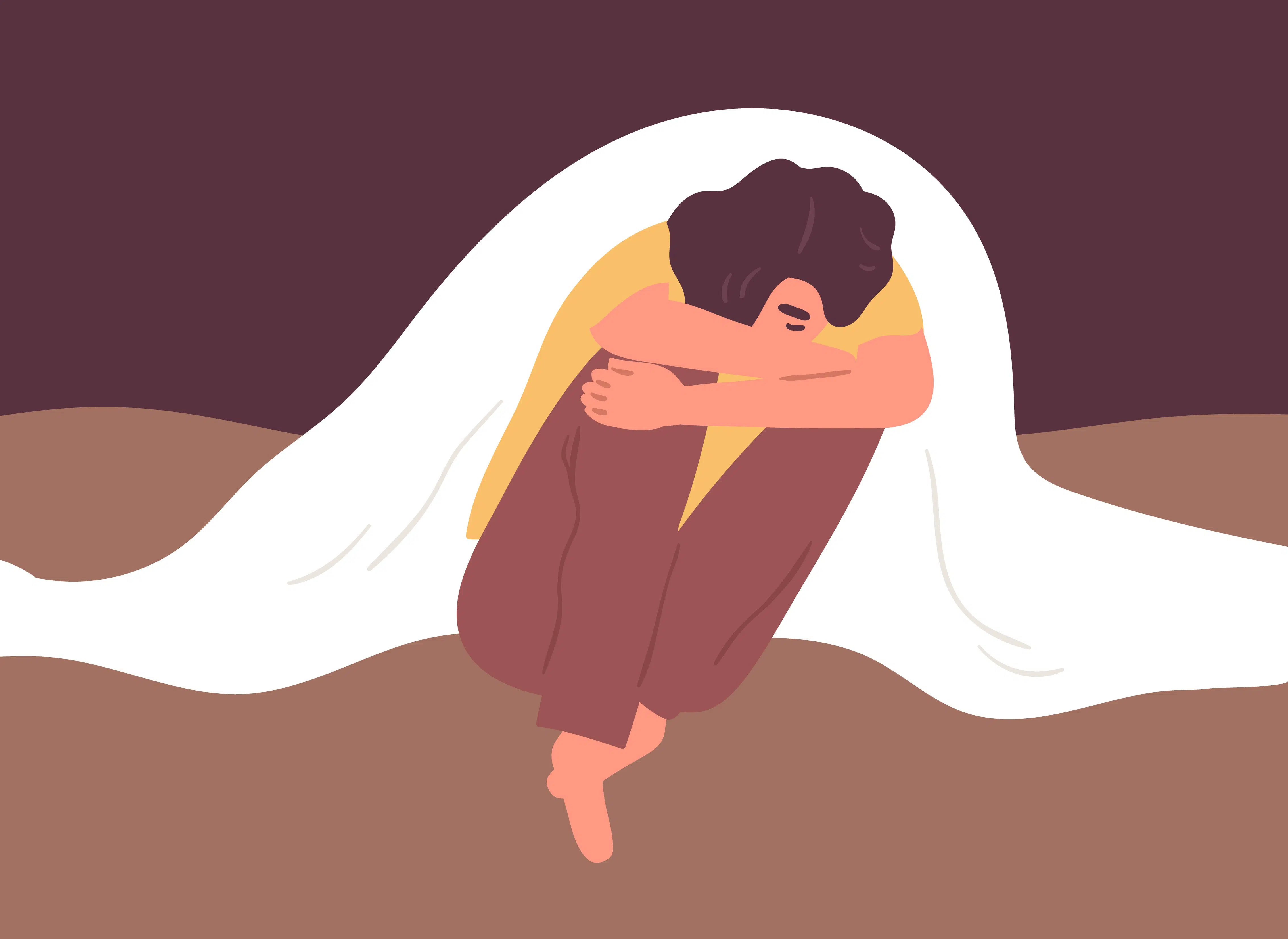CW: Mentions of eating disorders, eating disorder symptoms and methods.
In Part 1, we discussed some of the most common types of eating disorders that people experience. Here are some other known types.
Rumination disorder
Rumination disorder is a newly acknowledged eating disorder. It is when a person regurgitates their food after they have already chewed and swallowed it. Then will then re-chew it and then swallow it again or spit it out.
This type of rumination generally happens during the first half-hour after eating a meal. It is done voluntarily.
This eating disorder can develop at any time, whether it’s infancy, childhood, or adulthood. For infants, it can occur between the ages of 3 to 12 months and will likely disappear on its own. However, if it doesn’t, an infant will experience severe weight loss and malnutrition, and it can even be deadly.
Adults who have this disorder may start restricting their food intake, especially when they are out in public. As a result, they can become underweight.
Children and adults with rumination disorder can find therapy beneficial.
Avoidant/restrictive food intake disorder
Avoidant/restrictive food intake disorder (ARFID) is a newly designated name for a previous disorder called “feeding disorder of infancy and early childhood.” This diagnosis was known before as being reserved for children under seven years old. However, ARFID can develop during infancy or earlier childhood and continue into adulthood.
People with this eating disorder have disturbed eating from a lack of interest in food or an aversion to some smells, tastes, colours, textures, or temperatures.
Some symptoms of ARFID include:
- Avoiding or restricting intake of food to the point where a person is not getting enough calories or nutrients
- Eating habits that get in the way of social situations
- Weight loss or poor development in children
- Nutritional deficiencies or having to be dependent on supplements or being fed by a tube
ARFID is not just “picky eating,” and it also doesn’t include avoiding or restricting food due to religious or cultural reasons. Instead, it is an eating disorder that results in people under-eating.
Are There Other Less Known Types of Eating Disorders?
Less common eating disorders do exist. They include the following:
- Purging disorder. Individuals who have purging disorder will use purging behaviours like vomiting, or using laxatives and diuretics, or overexercising. They use these means as a way to control their body weight. However, they do not engage in binge eating behaviours.
- Night eating syndrome. Individuals who have night eating syndrome will eat to the point of excess after waking from sleep during the night.
- Other specified feeding or eating disorders (OSFED). Even though these conditions are not included in the DSM-5, they feature eating disorders with symptoms like the previously mentioned eating disorders but do not fit into the categories.
Orthorexia
One included under OSFED is called orthorexia. People who have orthorexia become obsessed with healthy eating to the degree that it gets in the way of their daily functioning.
A person with orthorexia might avoid eating entire food groups due to the thought of them being too unhealthy. As a result, a person can experience malnutrition, extreme weight loss, difficulty eating in public, and severe emotional distress.
Those with orthorexia likely don’t focus on the losing weight aspect but connect their self-worth and identity to how they follow diet rules that they’ve imposed on themselves.
Atypical Anorexia
Another type of OSFED is called atypical anorexia. A person with atypical anorexia nervosa will have the same symptoms and behaviours as someone with anorexia without being clinically underweight. People who have atypical anorexia nervosa may be of average weight. This type of eating disorder is quite prevalent among adults nowadays.
Many individuals who have atypical anorexia may not know that they have a severe and potentially deadly eating disorder. The weight stigma is what drives this idea. A person may believe that they are not sick enough even to have an eating disorder because their body is not severely underweight. However, this idea can be dangerous and prevent people struggling with their eating disorder from finding treatment. It is essential to keep in mind that weight is not a defining factor for an eating disorder. Atypical anorexia can be debilitating for a person’s mental health and cause potential health problems and get in the way of a person’s daily functioning.
In Summary
These previously mentioned eating disorders should provide the basics about these conditions. What is essential to know is that eating disorders are mental health conditions and generally require the proper treatment. Leaving eating disorders untreated can lead to adverse health consequences.
If you or someone you know has an eating disorder, or you suspect they may have one, be sure to find a healthcare professional specializing in treatment for eating disorders.















